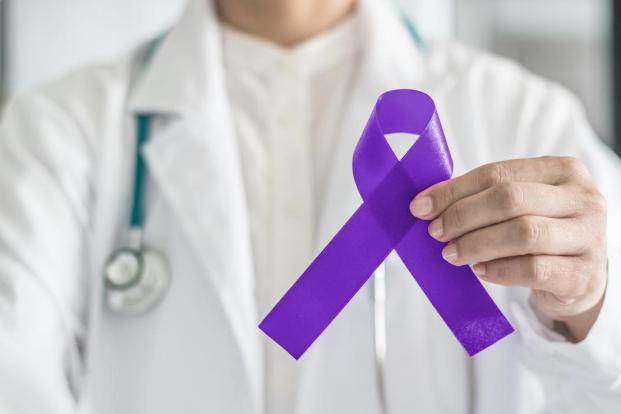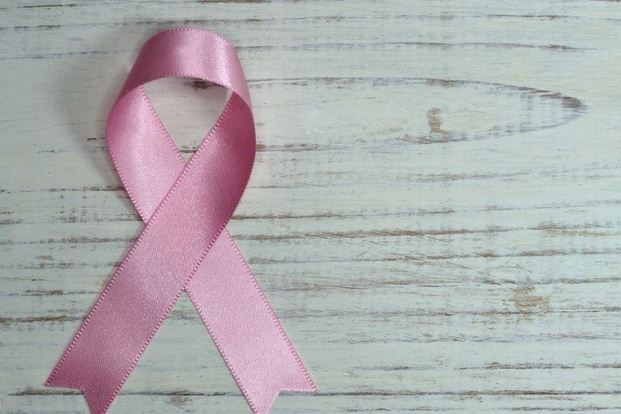Signs & Symptoms of Childhood Cancers

Apr 19, 2022
Cancers in children is a major area of concern. The most common type of cancer is leukaemia, brain and central nervous system tumours, lymphoma, rhabdomyosarcoma, neuroblastoma, Wilms tumour, bone cancer, and gonadal (testicular and ovarian) germ cell tumours. Due to the complication associated with the cancers, it is essential that one is aware of the signs and symptoms to ensure early detection and timely treatment.

Signs of Childhood Cancer
· Continued, unexplained weight loss
· Headaches, often with early morning vomiting
· Increased swelling or persistent pain in bones, joints, back, or legs
· Lump or mass, especially in the abdomen, neck, chest, pelvis, or armpits
· Development of excessive bruising, bleeding, or rash infections
· A whitish color behind the pupil
· Nausea which persists or vomiting without nausea
· Persistent tiredness or noticeable paleness
· Eye or vision changes which occur suddenly and persist
· Recurrent or persistent fevers of unknown origin
Childhood cancer is rare. It is unlikely that your child will develop cancer. Still, as a parent, you need to be aware of the symptoms of childhood cancer.
Most of the symptoms of cancer can also be attributed to benign conditions, the diagnosis of cancer can be a long process. You must trust your own instinct and work as a team with your doctor, using your knowledge of your child and your doctor’s knowledge of medicine to protect your child’s health.
Chances are that your child will not get cancer: the odd of your child developing cancer by the age of 19 is approximately 1 in 330. But, cancer is second only to accidents as a cause of death in children.
Here is some of the most common cancer symptoms children experience:
- Persistent Fever
- Bone or joint pain
- Swelling or lump in the belly
- Headaches
- Sudden weight loss
- Vision problems
- Excessive bruising
- Night Sweats
- Swollen lymph nodes
- Trouble walking
- Vomiting
- Fatigue
Some symptoms of childhood cancer, such as fever and fatigue, are similar and overlap too many childhood illness and viruses. And toddlers especially are prone to bumps and bruises, which can be difficult to distinguish from the bruising and bleeding associated with leukaemia.







